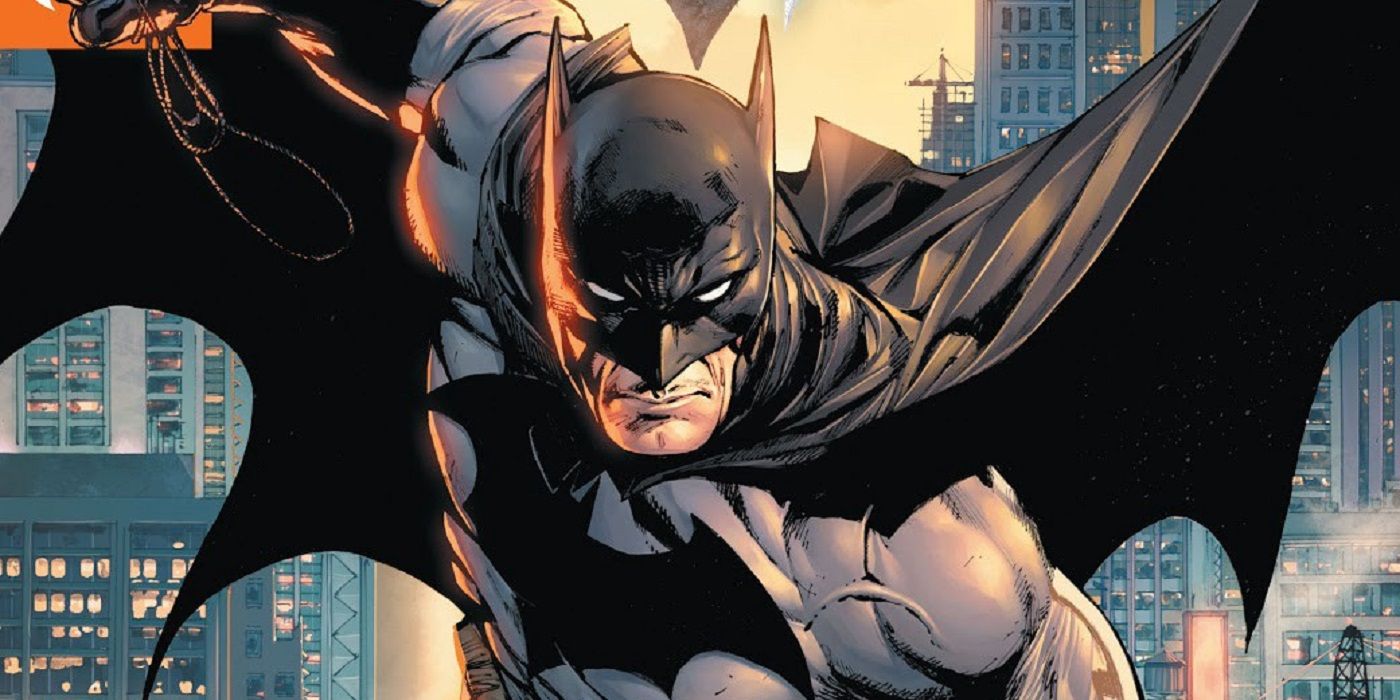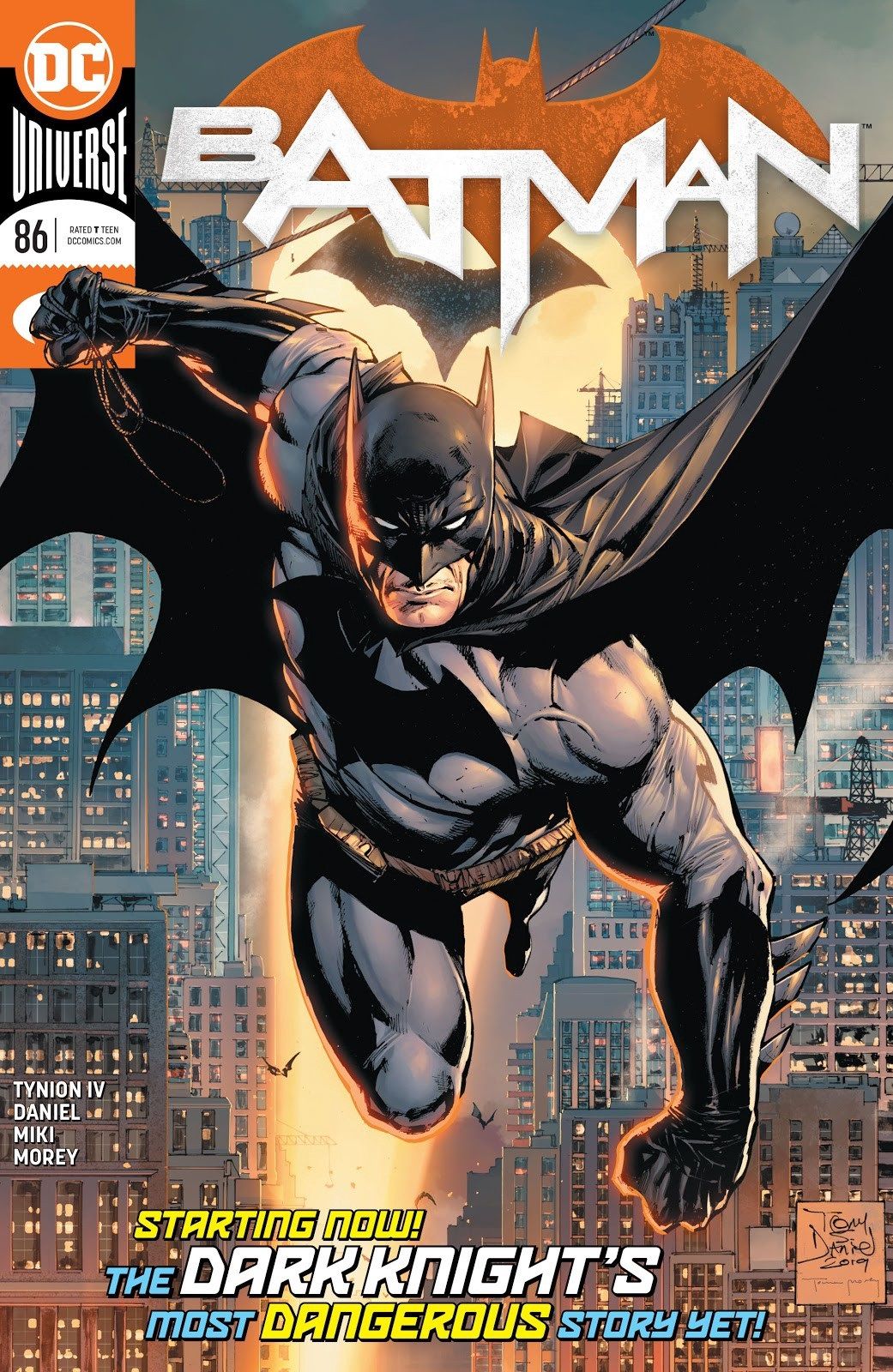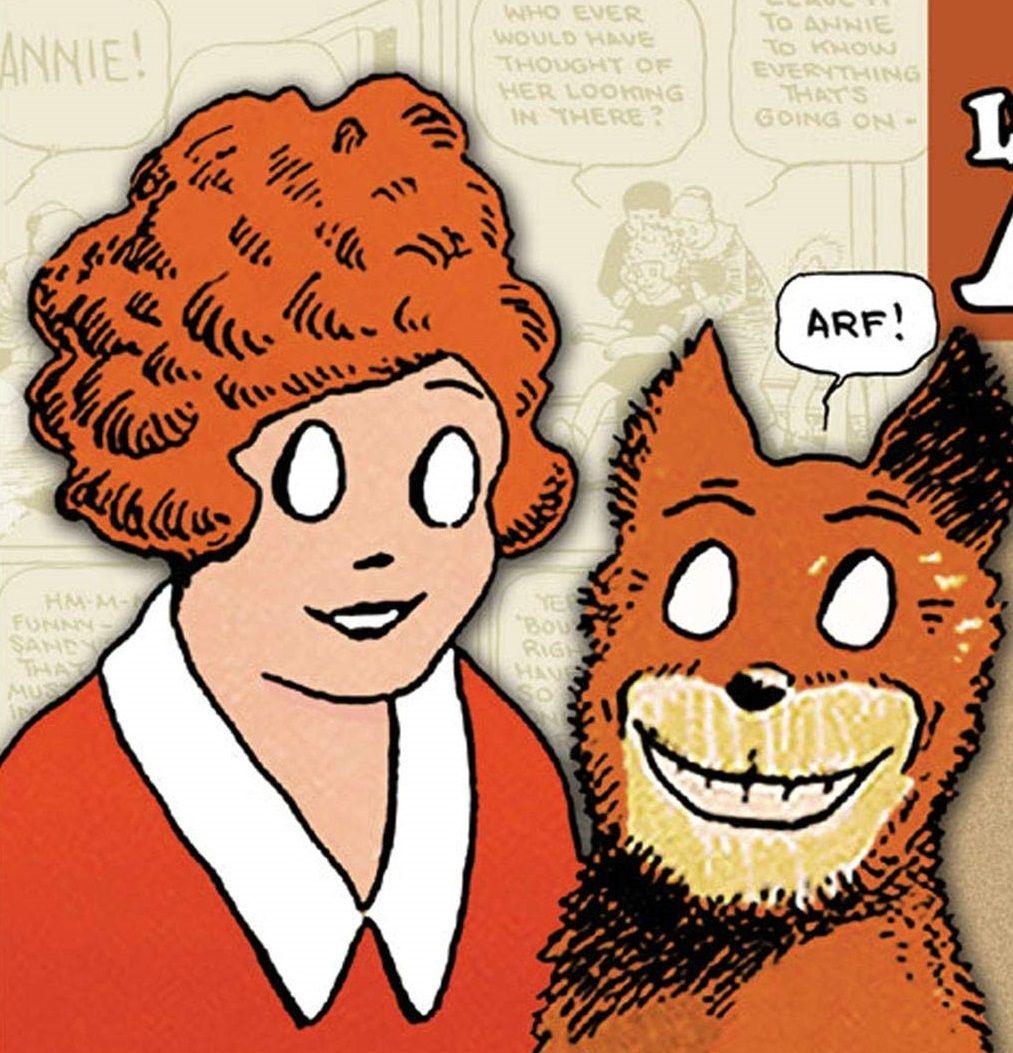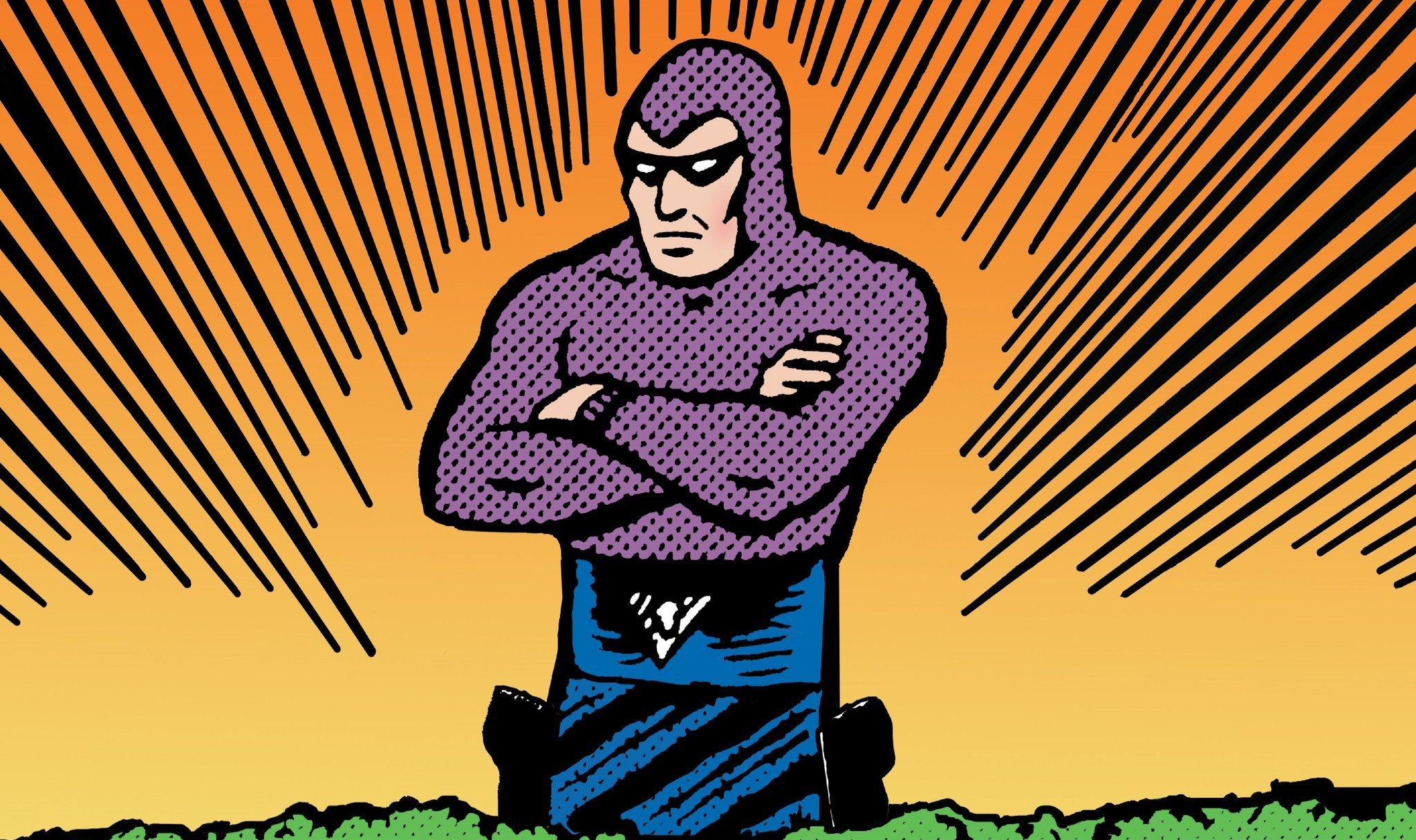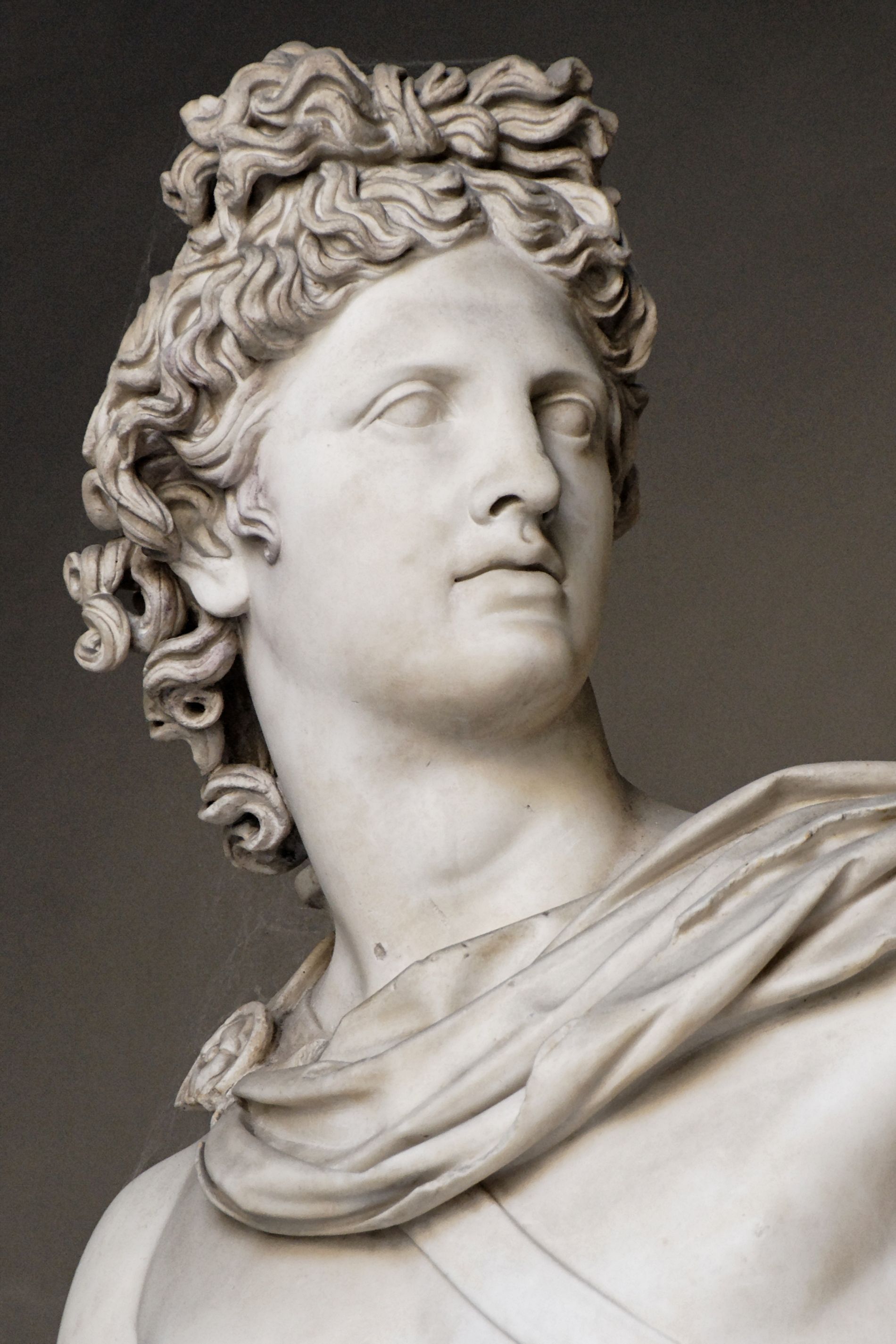Welcome to Comic Book Legends Revealed! This is the seven hundred and ninety-fourth installment where we examine three comic book legends and determine whether they are true or false.
As usual, there will be three posts, one for each of the three legends.
NOTE: If my Twitter page hits 5,000 followers, I'll do a bonus edition of Comic Book Legends Revealed that week. Great deal, right? So go follow my Twitter page, Brian_Cronin!
COMIC LEGEND:
Superheroes have blank-eyed masks because Lee Falk's mistaken views on Greek statues.
STATUS:
Basically True
Reader Eric V. wrote in to ask, "Why are superhero masks drawn with white eye slots? And Who/where was this first done? I'm guessing Lee Falk's The Phantom strip. But WHY did he draw it that way? It looks cool, sure, but is that the only reason?"
Eric is correct, of course, superheroes very often ARE drawn with blank-eyed masks, as seen on this Tony Daniel Batman #86 cover...
And obviously the Batman Animated Series made a lot of hay with the blank eyes (there's a funny cartoon that shows Batman returning home at night, going to his cabinet and taking out his eyeballs and affixing them to his face so that he can be Bruce Wayne again).
It certainly does seem to be the case that the blank-eyed masks simply became a standard that all superhero comic book artists have followed over the years, so let's trace the concept back a bit.
One of the most famous early adopters of the concept was Harold Gray in his iconic comic strip, Little Orphan Annie...
However, it seems unlikely to me that anyone was really deriving any sort of superhero design fashion from how Harold Gray drew Little Orphan Annie. That seemed to be more of an affectation of Gray than an actual repeatable design idea.
So no, as Eric noted, the answer is definitely Lee Falk, and his classic superhero, The Phantom, the first notable costumed superhero in American comics, debuting as a comic strip two years before Superman showed up in Action Comics #1. Falk's Phantom design had those distinctive blank eyes that have been copied by every other masked superhero ever since. The comic strips were major influences on all comic book superhero artists, so it is clear that Falk's successful hero and his mask design inspired the same in comic book superheroes (well, the ones who wore masks, that is).
Falk explained the design to Raymond Elman:
I built a world for the Phantom and characters. The Phantom has a place in this jungle and he has several houses in America, Europe, one at Golden Beach, and so forth.
The Phantom comes out of the world of classical heroes, which was my world as a boy. All the great heroes of the Greek and Roman myths. And my answer to The Phantom's world-wide popularity is that The Phantom touches on the mythology of all cultures. That was not accidental. I tried to make him that way.
In fact, I didn't give him eyes. That is, you can't see his eyes. When I first created him I was thinking of the Roman and Greek busts of heroes, whose eyes were blank. It you put eyes in the Phantom it changes the whole appearance. The lack of eyes gives him a god-like image.
The interesting thing there, of course, is that that's really NOT the case for the busts that Falk is talking about!
As the art blog, artblot, noted:
Although whiffs of debate floated about during the twentieth century, it is now scientifically certain: the greeks actually painted the pupils on their sculptures’ eye. Not only that, they painting the entire sculpture.
German archeologist Vinzenz Brinkmann was a key player in confirming this idea. He used high intensity lamps, ultraviolet light, plaster casts, cameras, and jars of powdered material to find chemical remnants of the mineral and organic pigment that were originally on these sculptures. A few of these include pulverized malachite (green), azurite (blue), arsenic compounds (yellow/orange), cinnabar (red), as well as charred bone and vine (black).
This is why Michelangelo actively carved pupils into his pieces, as artblot noted, "During the Renaissance, the people of Europe enjoyed a new-found admiration for the culture of classical antiquity, and white marble sculptures were being unearthed all around Greece. By the 16th century, greco-roman themes were popular subject matter in the arts, and white marble became the norm in sculpture. Michelangelo created sculptural masterpiece after masterpiece, and though not all portrayed characters from grecian or roman myths, he followed the Greek and Roman “example” by sculpting with white marble.
Michelangelo first carved pupils into the eyes of David and continued to include them in his sculptures from then on. The pupils on David actually look like small hearts. I’m guessing the irregular shape was supposed to give the distorted effect reflection plays on the eyeballs from afar. After all, the sculpture is 14 feet tall, so you are certainly viewing it from some distance."
Now, it is important to note that Falk was not necessarily mistaken. What I mean to say that it is very possible (likely, even?) that Falk knew that the statues were not originally without eyes, but the important thing is that the statues appear to us in pop culture as eyeless, so if Falk wanted to play on the power of those designs, then it still makes sense for Falk to go eyeless, even if he knew that the originals had eyes on them.
Thanks for the suggestion, Eric!
SOME ENTERTAINMENT LEGENDS!
Check out some other legends from Legends Revealed:
1. Was Disney’s Beauty and the Beast Re-Tooled Because Belle Wasn’t Enough of a Feminist?
2. Did Harrison Ford First Meet George Lucas While Building Cabinets For Him?
3. What is the Secret Origin of Lily Aldrin on How I Met Your Mother?
4. Was OJ Simpson Originally Cast as the Terminator?
PART TWO SOON!
Check back later for part 2 of this installment's legends!
Feel free to send suggestions for future comic legends to me at either cronb01@aol.com or brianc@cbr.com

